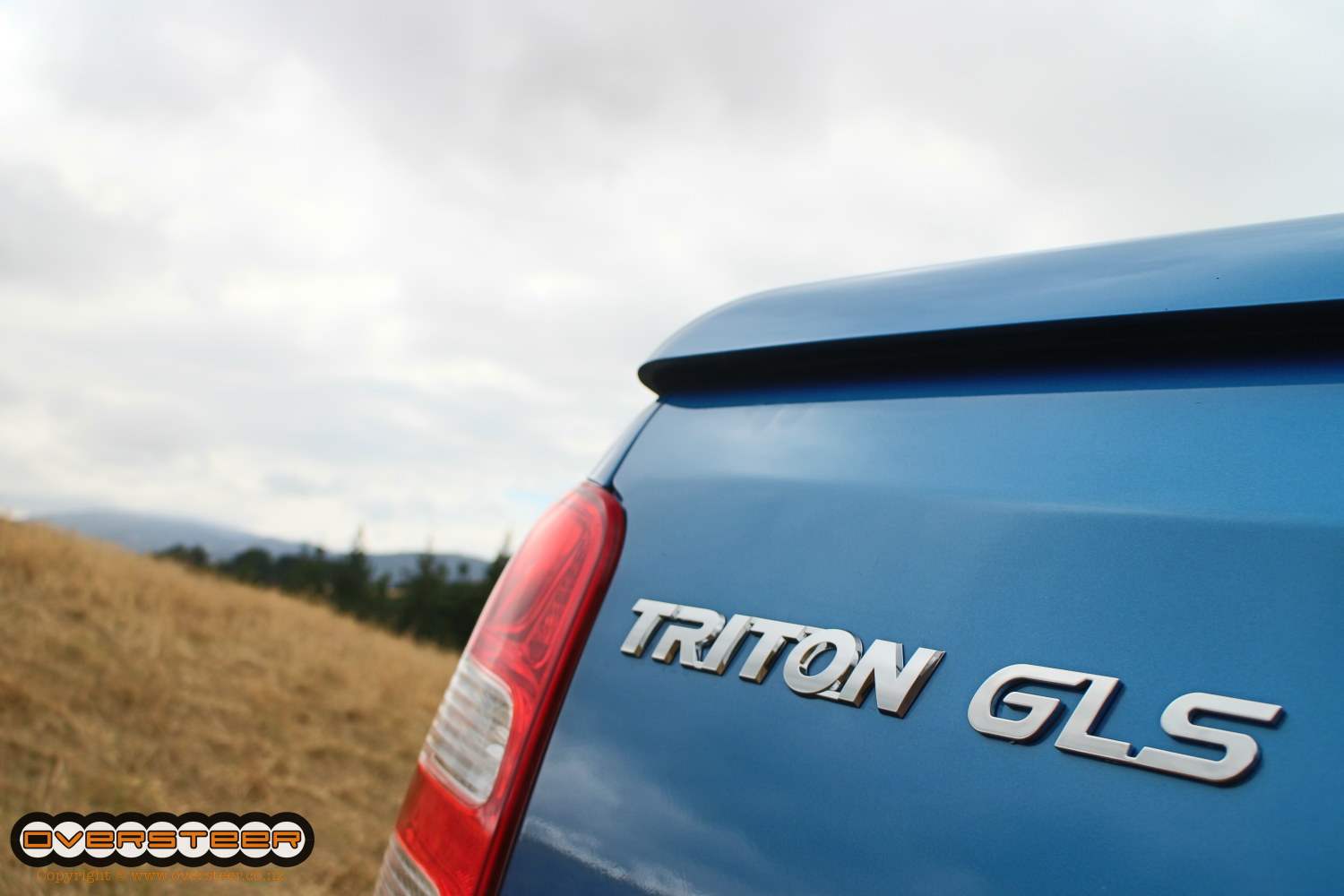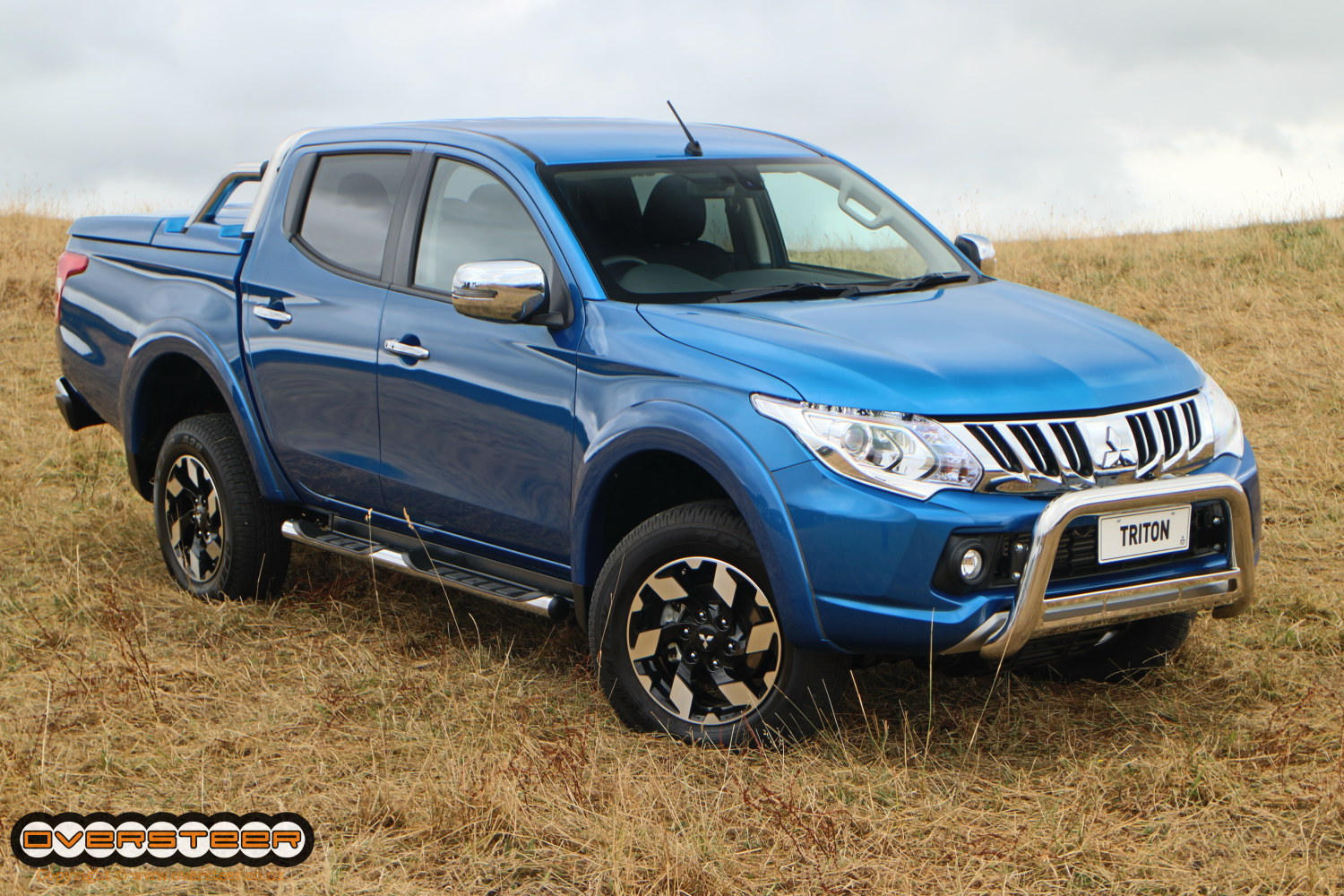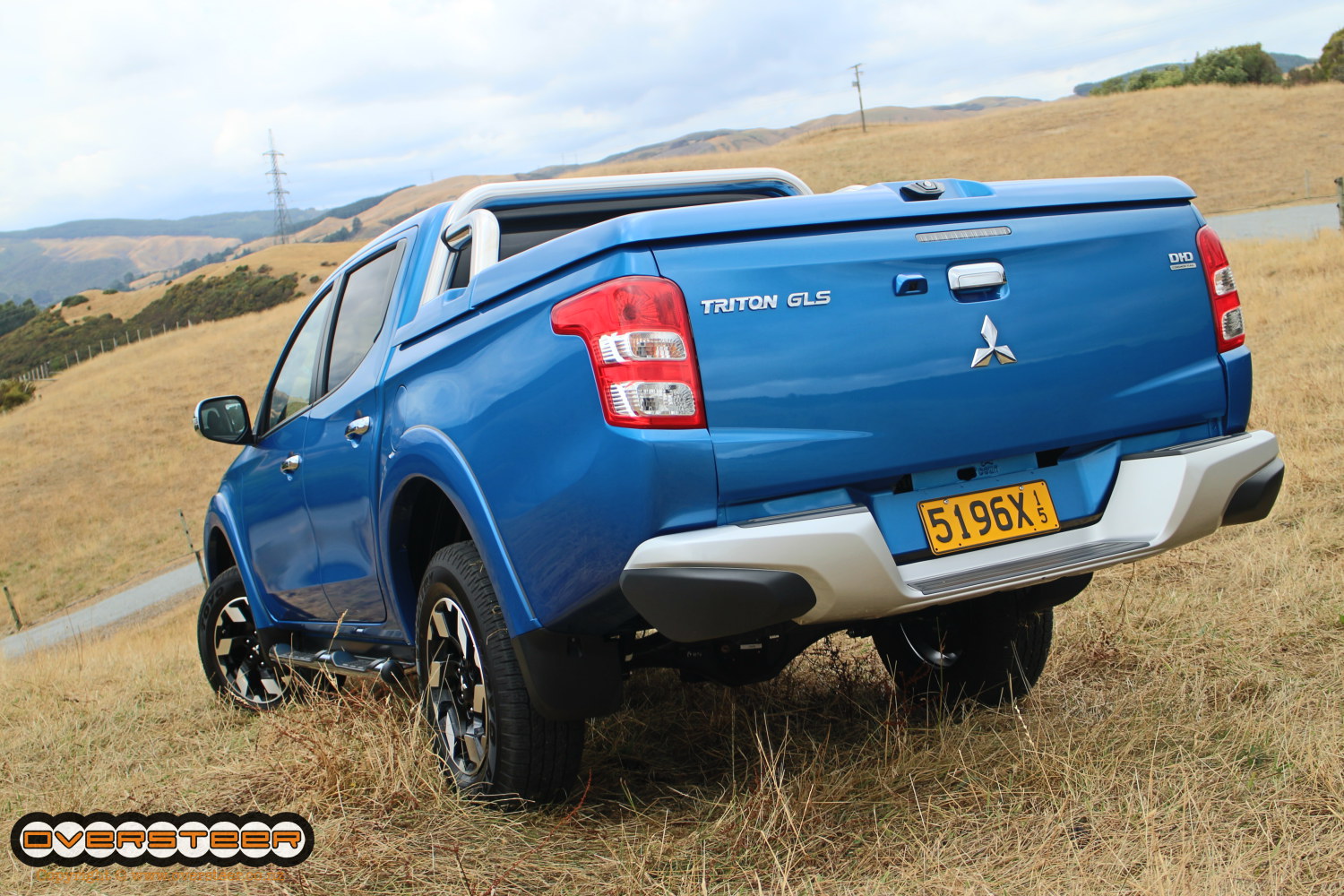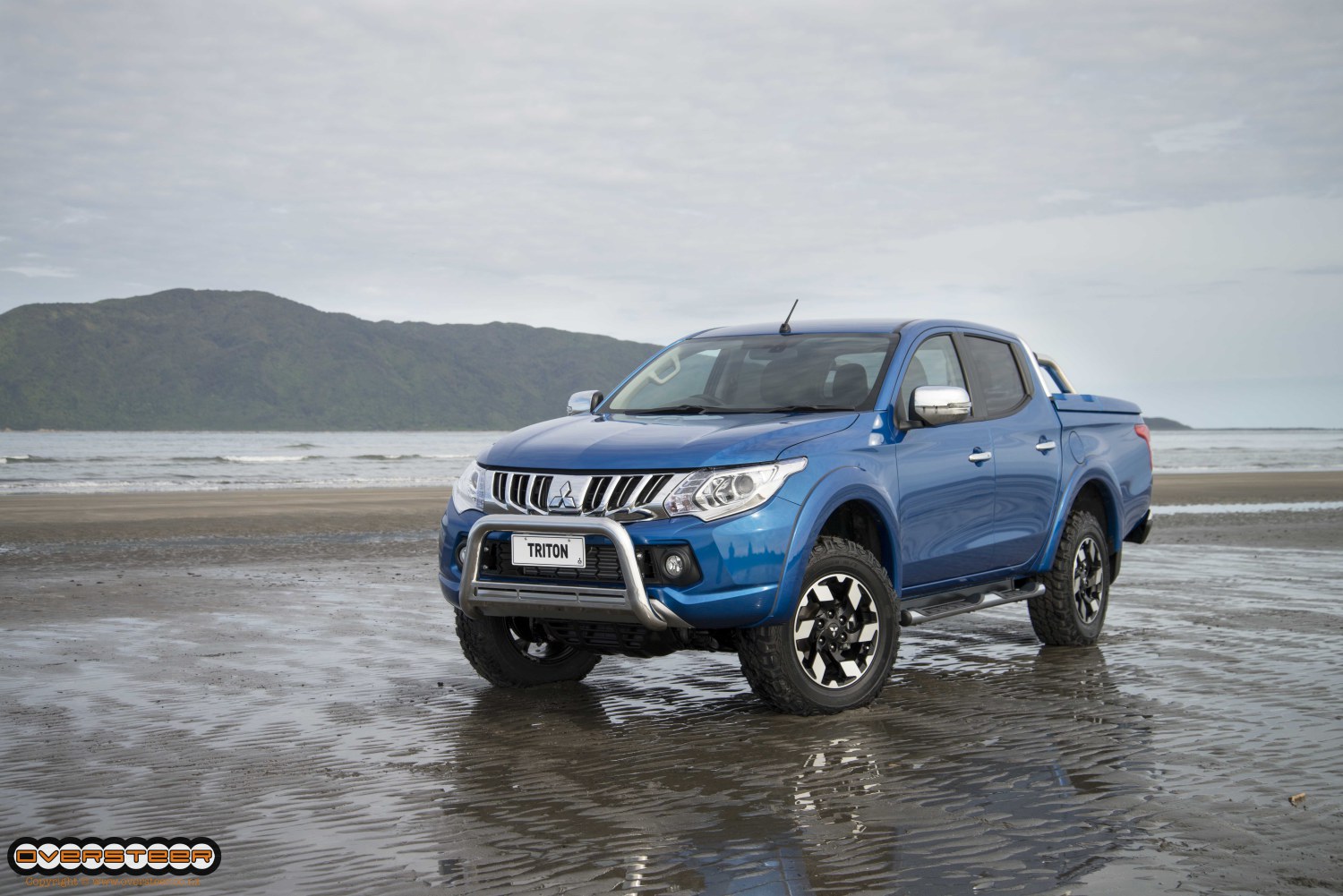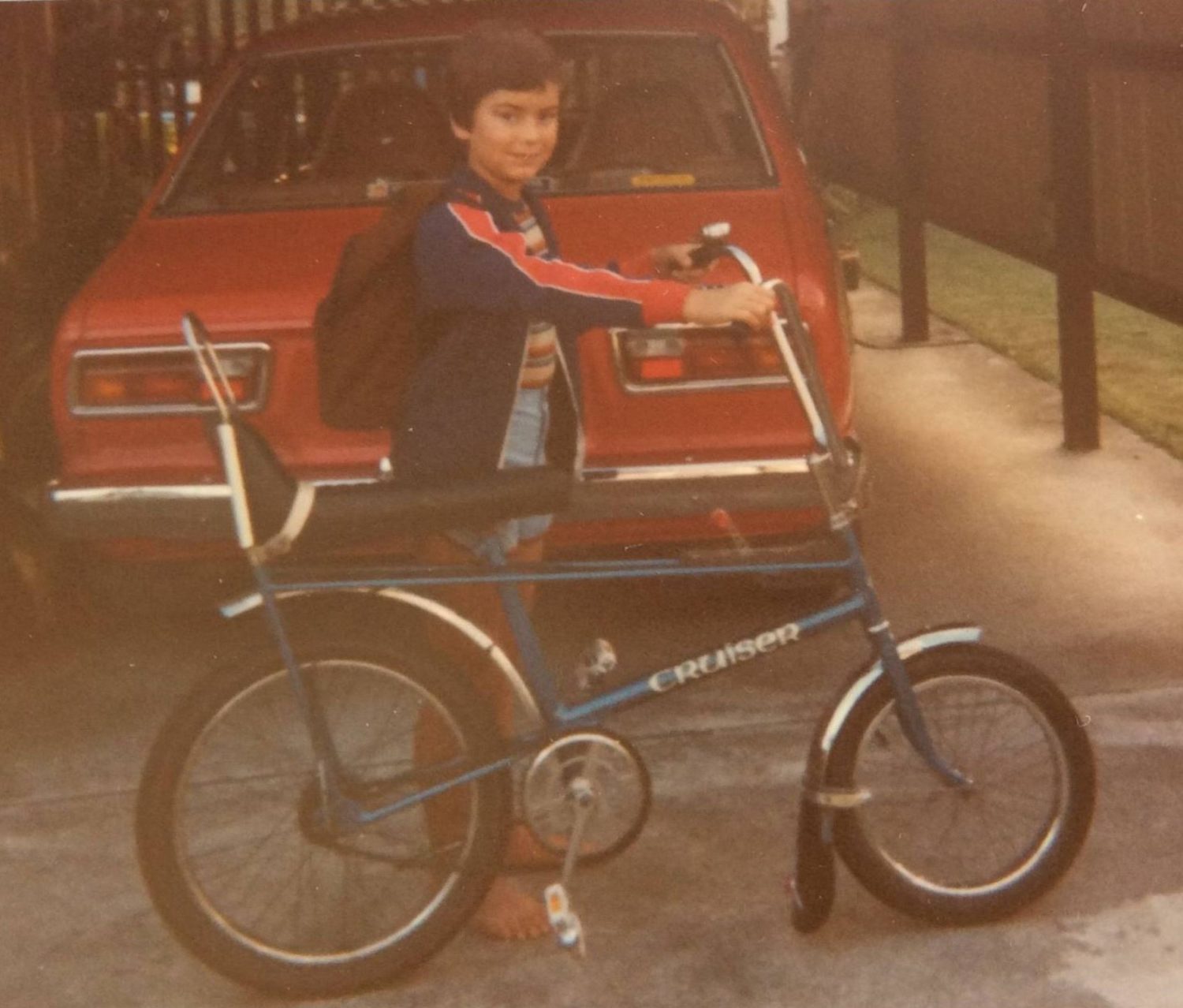According to Mitsubishi, in 2014 one in every five new vehicles sold in New Zealand was a ute. That is a lot of utes.
Unfortunately for Mitsubishi, their ute – the venerable Triton – was one of the oldest in the segment and wasn’t well suited to take on the likes of the Ranger and Amarok.
Fortunately for Mitsubishi, that trend shows no sign of slowing in 2015 (or any time soon) and they now have a new Triton that promises to be far more competitive.
We headed down to Wellington for a preview that turned out to be a launch!
What is it?
The Triton has been a mainstay of the Mitsubishi line up since 1978 (when it was badged L200 locally) and was until recently one of the better vehicles in the ute segment. However the arrival of the “new generation” of utes from VW, Ford and Mazda surpassed the Triton’s ride and handling, which was always its strongest point.
Mitsubishi like to claim that the new Triton is “all new” but, like the forthcoming Nissan Navara, it sits on more of a refreshed version of the old chassis, as opposed to an all new one.
That said, the rest of the Triton is very much all new, and the chassis was never something that needed fixing in the last Triton anyway.
What this does mean, however, is that the Triton has pretty much the same size as the vehicle it replaces, eschewing the current ute trend to grow to massive proportions.
Don’t take that the wrong way – the Triton is still a large vehicle, it is just not as uncompromisingly large as the Ranger…
The new Triton was originally scheduled to go on sale later in the year, but the fact that Mitsubishi have virtually sold out of the existing model and also managed to secure an earlier shipment out of Thailand has seen the on-sale date bought forward to the start of April.
The Triton comes to New Zealand in 2WD and 4WD, available in single cab, club cab and double cab configurations and is available in GLX, GLX-R (2WD double cab only) and GLS (4WD double cab only) spec levels (click here to see a detailed breakdown of the model range – Triton models).
All models get Mitusbishi’s new 2.4-litre all-alloy direct-injection diesel 4-cylinder engine that puts out 135kW of power and 437Nm of torque. The new engine is hooked up to either a six-speed manual transmission or a five-speed automatic.
The new engine brings up to 20 percent improvement in fuel economy for the Triton (depending on the model) which handily propels the Triton to the top of the class in terms of fuel economy with figures like 7.6L/100km (4WD GLS double cab auto) and 7.2L/100km (4WD GLS double cab manual) bettering others in the segment by a handy margin.
While the Triton’s engine is slightly down on power and torque when compared to some of the others, its lighter weight (1,940kg) puts it back at the top of the charts again, with the second best power-to-weight ratio in the segment (only bettered by the Mazda BT-50) and the best torque-to-weight ratio.
Along with the new engine and transmissions, the Triton also gain a driver’s knee airbag, trailer stability assist, hill start assist, a 6-inch touchscreen on all double cab models (with a reversing camera in wellside models), while the top spec GLS models also get LED daytime running lights, rain sensing wipers, automatic headlights, push-button start, paddle shifters and dual stage air conditioning.
And best of all? There is no price increase over the old model.
Click here for prices – Triton Pricelist
What’s it like?
The new model sees the Triton effortlessly makes the leap from being slightly out-classed to a challenger for the lead.
The new interior is a massive improvement, with remarkably comfortable seats and quality materials. Using the same chassis as the old model means that the new Triton retains the high floor/low seat height of the older vehicle, which lends it a far more car-like seating position than other utes.
The ride is very reminiscent of the Ford Ranger (i.e; excellent), but the Triton feels noticeably smaller and nimbler than the big Ford.
While the new engine is slightly gruff and noticeably vocal as it goes about its business, it feels massively strong and torquey, with a solid, linear delivery of power.
The engine is almost certainly more noticeable simply because of how remarkably quiet the rest of the Triton is – wind noise is almost non-existent on the wellside, with the flat deck models only betraying a bit around the deck.
While still retaining a strong visual link to the old model, the new Triton is a far, far better looking ute that it was previously, with a strong presence on the road.
What’s good about it?
A lot. It is quiet and strong on the road, with excellent handling and a class-leading turning circle (11.8 metres). It looks great and is well-specced as standard, as well as being frugal AND powerful. Best of all, it costs the same as the old model.
What’s not so good?
The tray is shorter in the wellside and the sides are higher (although this does add up to a 10 percent increase in load space). While the higher floor is great for the driving position, it does make things less than ideal in the rear seats.
First impressions?
The Tritons first major revamp in nine years has moved it from an also-ran into a seriously good entrant in an incredibly competitive segment.
Comfortable and extremely capable both on road and off it, the lack of price increases for the new model make it a very hard one to go past. It looks like the ute segment is only going to get more competitive in 2015.
Models/prices
Click here for prices – Triton Pricelist
Powertrain
2.4-litre inline four-cylinder diesel turbo producing 135kW/437Nm; six-speed manual or five-speed automatic transmissions; rear-wheel drive or four-wheel drive.
Fuel consumption: from 7.0L/100km (GLX single cab manual) up to 7.6L/100km (GLS double cab auto)
CO2 emissions: from 182g/km (GLX single cab manual) up to 198g/km (GLS double cab auto)
Safety
ANCAP/EuroNCAP rating: n/a (expecting 5 stars)
Air bags: 7
Stability control: yes
Lap/diagonal belts: 5

